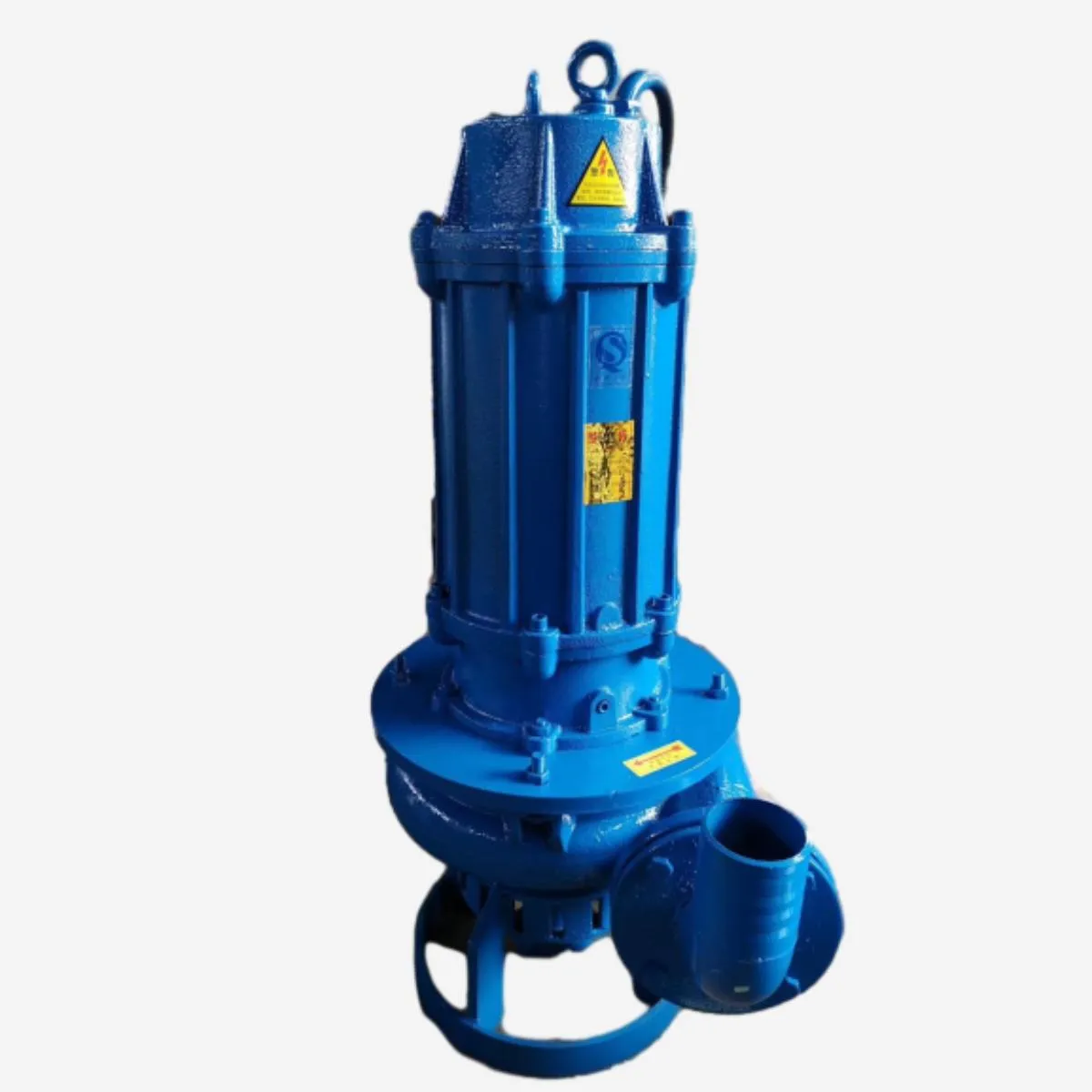English
- Afrikaans
- Albanian
- Amharic
- Arabic
- Armenian
- Azerbaijani
- Basque
- Belarusian
- Bengali
- Bosnian
- Bulgarian
- Catalan
- Cebuano
- Corsican
- Croatian
- Czech
- Danish
- Dutch
- English
- Esperanto
- Estonian
- Finnish
- French
- Frisian
- Galician
- Georgian
- German
- Greek
- Gujarati
- Haitian Creole
- hausa
- hawaiian
- Hebrew
- Hindi
- Miao
- Hungarian
- Icelandic
- igbo
- Indonesian
- irish
- Italian
- Japanese
- Javanese
- Kannada
- kazakh
- Khmer
- Rwandese
- Korean
- Kurdish
- Kyrgyz
- Lao
- Latin
- Latvian
- Lithuanian
- Luxembourgish
- Macedonian
- Malgashi
- Malay
- Malayalam
- Maltese
- Maori
- Marathi
- Mongolian
- Myanmar
- Nepali
- Norwegian
- Norwegian
- Occitan
- Pashto
- Persian
- Polish
- Portuguese
- Punjabi
- Romanian
- Russian
- Samoan
- Scottish Gaelic
- Serbian
- Sesotho
- Shona
- Sindhi
- Sinhala
- Slovak
- Slovenian
- Somali
- Spanish
- Sundanese
- Swahili
- Swedish
- Tagalog
- Tajik
- Tamil
- Tatar
- Telugu
- Thai
- Turkish
- Turkmen
- Ukrainian
- Urdu
- Uighur
- Uzbek
- Vietnamese
- Welsh
- Bantu
- Yiddish
- Yoruba
- Zulu
Telephone: +86 13120555503
Email: frank@cypump.com
Jul . 27, 2024 06:30 Back to list
Exploring the Efficiency and Design Innovations of Vertical Froth Pumping Solutions for Industrial Applications
Understanding Vertical Froth Pumps A Comprehensive Overview
Vertical froth pumps are specialized pieces of equipment designed to handle challenging slurries featuring a significant amount of froth or foam. Over the years, industries such as mining, wastewater treatment, and pulp and paper have found these pumps invaluable in managing the complexities associated with frothy materials. In this article, we will discuss the design, functionality, applications, and advantages of vertical froth pumps.
Design and Functionality
Vertical froth pumps are engineered to operate effectively in scenarios where traditional pumps would struggle. They are typically characterized by their vertical orientation, which allows for the gravity-assisted movement of materials and minimizes the risk of sediment buildup. The design includes a unique impeller and volute casing optimized to reduce air entrapment, subsequently preventing excessive foaming that can disrupt operational efficiency.
One of the critical elements of a vertical froth pump is its ability to manage the frothy properties of the slurry. This is achieved by incorporating features such as longer impeller blades and specialized casings designed to handle larger volumes of air-liquid mixtures without compromising the pump's performance. Additionally, these units often come equipped with self-priming capabilities, allowing the pump to begin operation without the need for manual priming, a crucial factor in many industrial settings.
Applications
The primary applications of vertical froth pumps can be found in several industries. In mining, these pumps are utilized to transport slurries rich in minerals that exhibit significant frothing tendencies, such as those found in flotation processes. The ability to handle frothy slurries reduces downtime and enhances the efficiency of mineral recovery operations.
In the wastewater treatment sector, vertical froth pumps play a critical role in transporting sludge and other by-products that can produce significant froth during processing. Their effectiveness in managing these challenging conditions ensures the uninterrupted flow of materials, contributing to the overall efficiency of the treatment process.
vertical froth pumps

Moreover, the pulp and paper industry employs vertical froth pumps to manage frothy mixtures during the pulping process. These pumps help in the efficient removal of materials, ensuring that the quality of the final product remains uncompromised.
Advantages
The advantages of vertical froth pumps are numerous. Firstly, their unique design allows for effective handling of frothy slurries without the risk of clogging. This translates to reduced maintenance and operational costs, as fewer breakdowns lead to enhanced productivity.
Secondly, the vertical orientation aids in the easy disposal of gases, thus minimizing the vacuum conditions that can lead to cavitation – a common issue in other pump types. This increases the longevity of the pump and promotes reliable operation under challenging conditions.
Lastly, their versatility makes them suitable for various applications across multiple industries. Many manufacturers offer customizable options tailored to specific processing needs, thereby optimizing their performance even further.
Conclusion
In summary, vertical froth pumps are essential for industries dealing with frothy slurries. Their unique design and functionality allow them to perform efficiently where conventional pumps may falter. With their wide range of applications, from mining to wastewater treatment and beyond, these pumps significantly contribute to operational efficiencies and productivity. As technology continues to evolve, we can expect further advancements in the design and capabilities of vertical froth pumps, solidifying their role as invaluable assets in modern industrial processes.
-
ISG Series Vertical Pipeline Pump - Chi Yuan Pumps Co., LTD.|Advanced Hydraulic Design&Energy-Efficient Solutions
NewsJul.30,2025
-
ISG Series Vertical Pipeline Pump - Chi Yuan Pumps Co., LTD.
NewsJul.30,2025
-
ISG Series Vertical Pipeline Pump - Chi Yuan Pumps Co., LTD.|energy-efficient fluid handling&industrial durability
NewsJul.30,2025
-
ISG Series Vertical Pipeline Pump - Chi Yuan Pumps | Advanced Engineering&Industrial Efficiency
NewsJul.30,2025
-
ISG Series Pipeline Pump - Chi Yuan Pumps | High Efficiency, Energy Saving
NewsJul.30,2025
-
ISG Series Vertical Pipeline Pump-Chi Yuan Pumps|High Efficiency&Reliable Performance
NewsJul.29,2025










